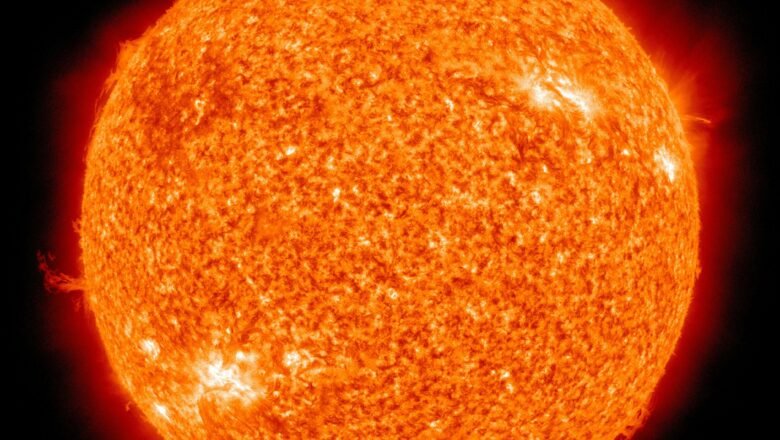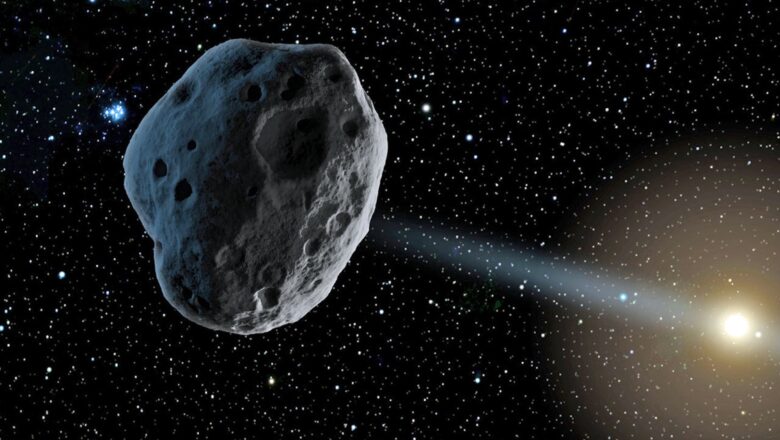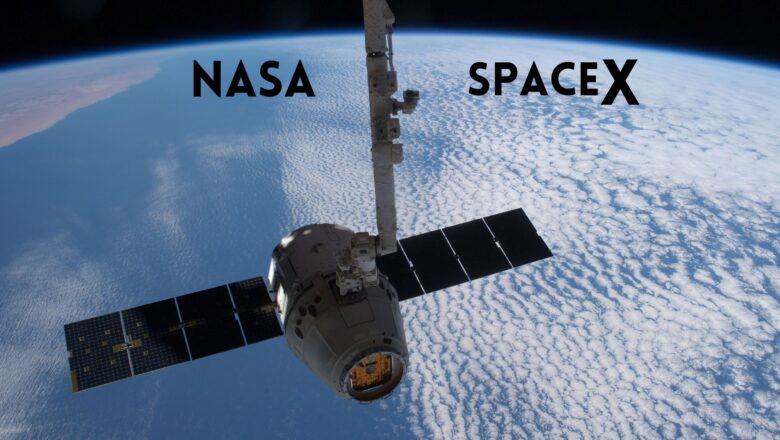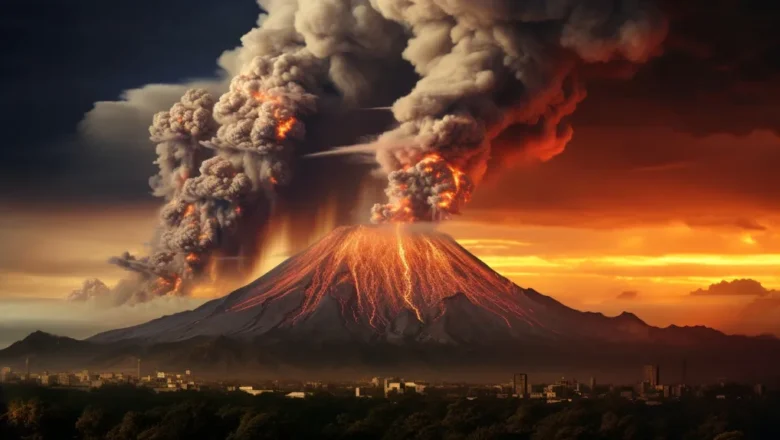
Ice Giant Shatters: World Largest Iceberg A23a Breaks Up Posing Risk to Penguins, Ships and Climate Stability
The world’s largest iceberg, A23a is disintegrating into thousands of smaller ice chunks, posing environmental and navigational threats in the Southern Ocean. NASA’s Aqua satellite, using its MODIS instrument, captured striking images of this slow-motion collapse near South Georgia Island, where the iceberg is currently grounded.
A23a with a surface area once estimated at 1,200 square miles roughly the size of South Georgia Island has been slowly breaking apart via a process called "edge wasting." Since becoming lodged again in March, the massive sheet has already lost nearly 200 square miles of ice. NASA reports that the largest fragment so far, dubbed A23c, spans around 50 square miles, while many other splintering pieces still stretch over a kilometre across, making them dangerou...







